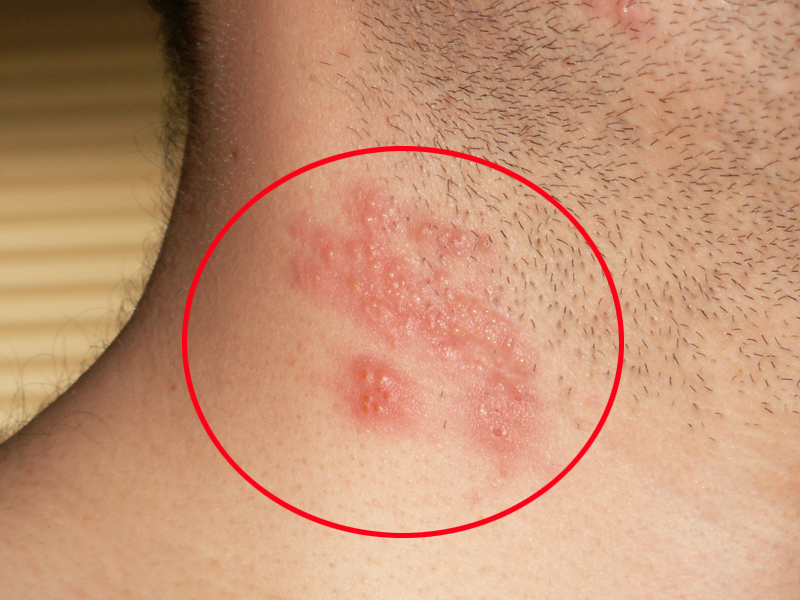Understanding Nagin Disease: A Comprehensive Guide
Welcome to our comprehensive guide on Nagin Disease. In this article, we will provide you with detailed information about Nagin Disease, its causes, symptoms, diagnosis, treatment options, and preventive measures. We aim to equip you with the knowledge you need to better understand this condition and take appropriate steps to manage it effectively.
What is Nagin Disease?
Nagin Disease, also known as herpes zoster or shingles, is a viral infection caused by the varicella-zoster virus (VZV). This virus is the same one that causes chickenpox. After a person recovers from chickenpox, the virus remains dormant in the nerve tissues near the spinal cord and brain. In some cases, the virus can reactivate years later, causing Nagin Disease.
Causes of Nagin Disease
The exact cause of Nagin Disease reactivation is not fully understood. However, several factors may contribute to its occurrence, including:
Advanced age
Weak immune system
Stress
Undergoing cancer treatment
Certain medications
It is important to note that Nagin Disease cannot be transmitted from one person to another. However, individuals who have not had chickenpox or the varicella vaccine can contract chickenpox from direct contact with the fluid-filled blisters of someone with Nagin Disease.
Symptoms of Nagin Disease
The most common symptom of Nagin Disease is a painful rash that typically appears as a band or strip on one side of the body. The rash is usually accompanied by:
Burning or tingling sensation
Itching
Sensitivity to touch
Fever
Headache
General fatigue
It is important to seek medical attention if you experience these symptoms, as early diagnosis and treatment can help alleviate discomfort and prevent complications.
Diagnosis and Treatment
A healthcare professional can diagnose Nagin’s Disease based on your symptoms and a physical examination. In some cases, they may also perform a viral culture or polymerase chain reaction (PCR) test to confirm the presence of the varicella-zoster virus.
Treatment for Nagin Disease aims to relieve symptoms, reduce the severity of the infection, and prevent complications. This may include:
Antiviral medications to reduce the duration and intensity of the rash
Pain relievers to alleviate discomfort
Topical creams or ointments to soothe the affected area
Keeping the rash clean and dry to prevent secondary infections
In some cases, antiviral medications may be prescribed to individuals at high risk of developing complications, such as those with weakened immune systems or individuals over the age of 60.
Preventive Measures
While it may not be possible to completely prevent Nagin Disease, there are steps you can take to reduce the risk of developing the condition. These include:
Getting vaccinated against chickenpox
Practicing good hygiene, such as regular handwashing
Maintaining a healthy immune system through a balanced diet and regular exercise
Managing stress levels
By following these preventive measures, you can lower the chances of Nagin Disease reactivation and its associated complications.

In conclusion, Nagin Disease is a viral infection caused by the varicella-zoster virus. It can cause a painful rash and various other symptoms. Early diagnosis and appropriate treatment are crucial in managing the condition effectively. By taking preventive measures and maintaining a healthy lifestyle, you can minimize the risk of Nagin Disease reactivation. Remember, if you experience any symptoms associated with Nagin Disease, consult a healthcare professional for proper evaluation and guidance.
Nagin Disease FAQs
1. What is Nagin Disease?
Nagin disease, also known as herpes zoster or shingles, is a viral infection caused by the varicella-zoster virus.
2. How is Nagin Disease transmitted?
Nagin disease is transmitted through direct contact with the fluid from the blisters of an infected person.
3. What are the symptoms of Nagin Disease?
The symptoms of Nagin disease include a painful rash, itching, tingling, and fluid-filled blisters that typically appear on one side of the body.
4. Who is at risk of developing Nagin Disease?
People who have had chickenpox in the past are at risk of developing Nagin disease, especially as they get older or if their immune system is weakened.
5. Is Nagin’s Disease contagious?
Yes, Nagin disease is contagious, but only to individuals who have not had chickenpox or the varicella vaccine.
6. How long does Nagin Disease last?
The rash and pain associated with Nagin disease usually last for 2-4 weeks, but some individuals may experience persistent pain, a condition known as postherpetic neuralgia.
7. Can Nagin Disease be prevented?
Yes, Nagin’s disease can be prevented through vaccination. The varicella-zoster vaccine reduces the risk of developing both chickenpox and Nagin disease.
8. How is Nagin Disease diagnosed?
Nagin disease is usually diagnosed based on the appearance of the rash and symptoms. In some cases, laboratory tests may be done to confirm the presence of the varicella-zoster virus.
9. What is the treatment for Nagin Disease?
Treatment for Nagin’s disease typically involves antiviral medications to reduce the severity and duration of the symptoms. Pain relievers and topical creams may also be prescribed.
10. Can Nagin Disease recur?
Yes, Nagin disease can recur, especially in individuals with weakened immune systems. However, recurrence is less common than the initial infection.




